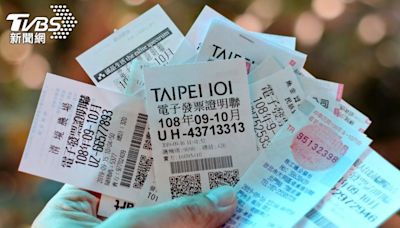搜尋結果
Co-Creative Labor, Productive Democracy and the Partner State; a very important text to reset government policies for the p2p age. The 3 parts cover: 1 A value revolution in labor; 2 Re-constituting industrial strategies based on co-creative labor; 3 The Co-Creative Economy needs a Partner State. Michel Bauwens:
- What's A P2P Wiki
- Differences to Existing Text Collaboration Systems
- Why P2P Wikis?
- Approaches to Creating A P2P Wiki
A peer-to-peer wiki is a serverless decentralized wiki, hosted, edited, administrated and operated on its users' computers on the Peer Net. Imagine git (or another DCVS ) but with asynchronous and real-timetext editing, a p2p conflict management system, and a user-friendly interface. P2P Wikis redefine how we publish, edit, host and administrate te...
Real-time or asynchronous (Online and offline editing).Granular revision history with playback.Merging, forking, branching of text/documents; allows a panarchical political meta-structure, like in the (FLOSS) software world.P2P conflict management.P2P Wikis, Federated Wikis and Federated Blogs, conceptualize text documents (and data) differently than current software. Today we mentally separate instant messages, IRC, Chat, Blog posts, Comments and Wiki articles as different types of text "documents"--we have separate programs for each. In reality they're all just forms of text data. And whet...
One approach to doing this is using a distributed revision control system as a backend of the wiki. With this approach, there is no central store of the wiki's content; instead, every user can keep a complete copy (highly compressed) of the wiki locally, and the software handles merging and propagating of changes when they are made. This is the app...
Our Story. The P2P Foundation (officially, The Foundation for P2P Alternatives) is a non-profit organization and global network dedicated to advocacy and research of commons-oriented peer to peer (P2P) dynamics in society. P2P is an abbreviation of “peer to peer”, sometimes also described as “person to person” or “people to people”.
(Deut. 15: 7-8, NIV) Thus in regulating intra-community debt, the Mosaic tradition imposes a structure of obligation that constrains the lender as much as the borrower. Debt, indentured servitude, and the alienation of land are viewed as the result of misfortune, with the result that creditors acquire an obligation not only to lend but also to remit debts periodically in the interest of justice.
Following her studies of innumerable long-enduring Commons, Ostrom concluded that the following eight “design principles” were essential elements which were always to be found in the way these sustainable CPRs organise themselves. Clearly defined boundaries, which define who has access to the CPR. Appropriation and provision rules which are ...
Description From the Wikipedia: "The overjustification effect (also called the undermining effect or Oversufficient Justification) is the effect whereby giving someone an incentive (monetary or otherwise) to do something that they already enjoy doing decreases their ...
Theory, Culture & Society, Volume: 32 issue: 7-8, page(s): 85-99, 2015 Solidarities and Collective Action in Post-Industrial Societies [4] : this article describes the evolution of forms of solidarity from craft-based associations to industrial unions, idendity movements and today's networked and swarm-based protocollary organizations.


